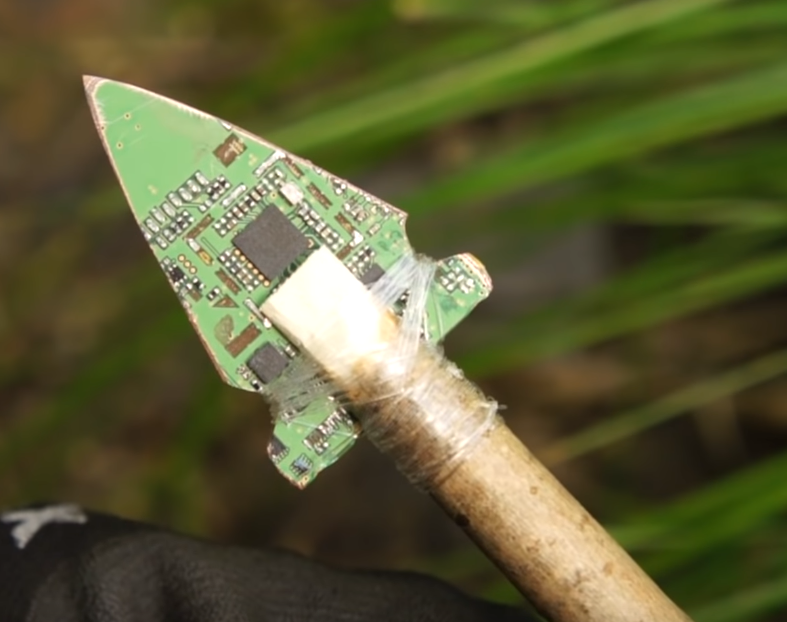NEVER live in one of these holy shit… There’s a damn good reason wooden skyscrapers aren’t a thing: FIRE.
They say in the article that this “mass timber” is considered “good enough” but personally I would not want to trust my life to that.
https://www.youtube.com/watch?v=2qry7AmdIn8&t=328s
They tested it and mass timber columns are rated fire resistant for 3 hours.
Concrete is not entirely immune to fire either. [effects](https://www.edtengineers.com/blog-post/fire-effects-concrete], ratings Conditions and behavior are better known of course, given it’s prevalence and use.
In the example building covered by Vox, they built a concrete garage base and concrete cores that made it easier to be approved.
Either way, that’s what regulations are for. To ensure that the build is safe enough. There is no absolute safety.
To demonstrate mass timber’s fire resistance, engineers put the wood elements in gas-fired chambers and monitor their integrity. Other tests set fire to mock-ups of mass timber buildings and record the results.
These tests have gradually convinced regulators and customers that mass timber can resist burning long enough to be fire safe. That’s partly because a layer of char tends to form early on the outside of the timber, insulating the interior from much of the fire’s heat.
I live in a country where single family homes are built with wood. Everyone seems to trust their life to that. I don’t know why it would be different in an apartment.
Because these are literal sky scrapers. Fire on a wood structure is a recipe for catastrophic failure. A fire in a large structure could have similar effects to those large high rise condos that collapsed in Florida from poor maintenance.
This is very likely dangerous deregulation of the fire code to cut costs being “green washed” as a new thing that needs a hell of a lot more scrutiny. Building large structures with wood WAS a thing in the past, it was outlawed because it’s EXTREMELY dangerous when one of those structures ignites.
They’re only getting away with it because these are composite timbers which have been “tested” to be safer. I’m very skeptical that those tests are comprehensive, at least to the point where I would feel comfortable spending a significant portion of my life in one of these buildings.
Is steel considered bad now? I would think the larger concerns from buildings would be all the plastic and fiberglass type components rather than the steel or concrete structures themselves.
as the article kind of notes steelmaking in specific is very carbon intensive, so we either need to use less of it or decarbonize its production (or more likely a mixture of both). the statistics on this according to Wikipedia are:
As of 2021, steelmaking is estimated to be responsible for around 11% of the global emissions of carbon dioxide and around 7% of the global greenhouse gas emissions.[12][13] Making 1 ton of steel emits about 1.8 tons of carbon dioxide.[14]
steelmaking in specific is very carbon intensive
Makes sense, given that steel is an iron/carbon alloy. I guess decarbonization would be making the process more efficient and capturing more of the carbon into the steel?
my understanding is yes that’s the general avenue people are researching; there’s also the actual energy inputs powering steelmaking that hypothetically can be made greener (currently, it’s a process that seems to almost exclusively use fossil fuels because of the very high temperatures needed)






